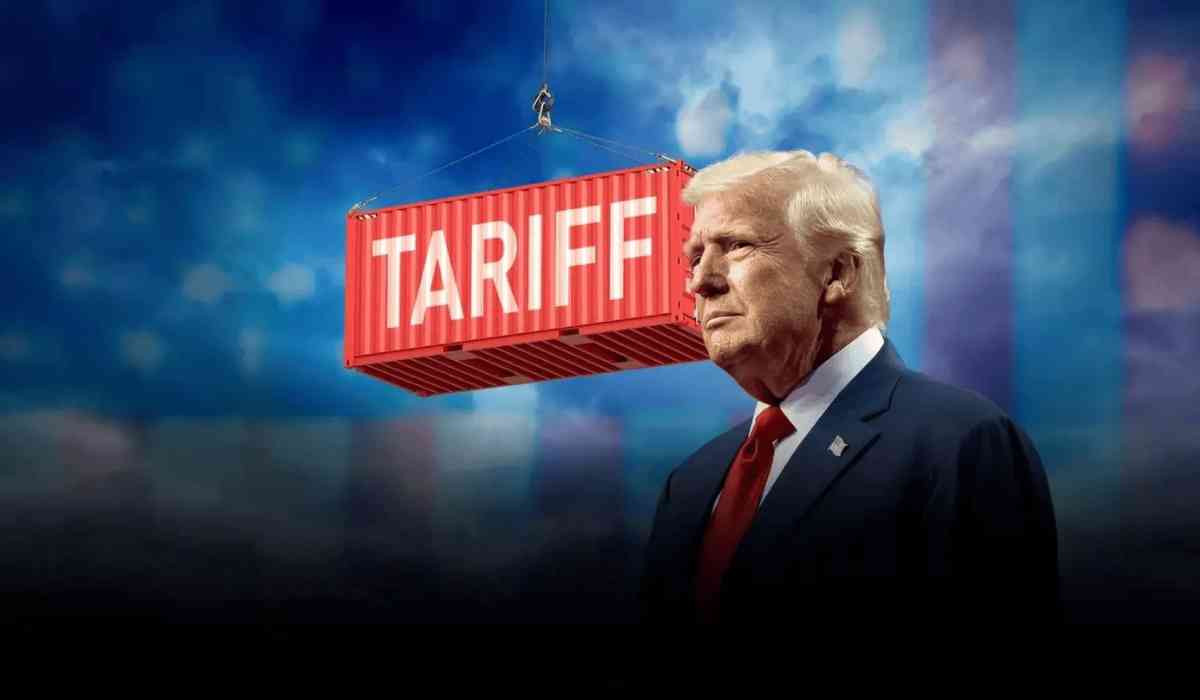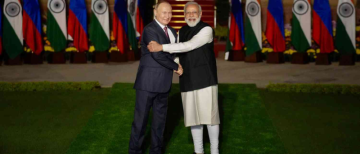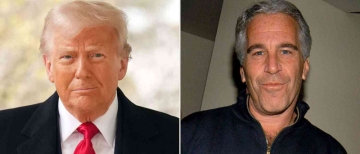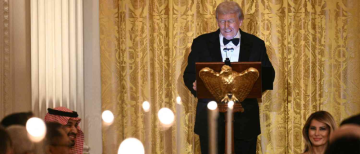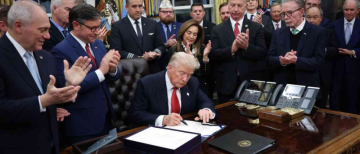In a bold and high-stakes move, U.S. President Donald Trump has confirmed the signing of a series of hardline tariff letters addressed to 12 countries, as the July 9 deadline approaches to end the 90-day suspension on elevated import tariffs. The letters, described by Trump himself as “take it or leave it” offers, mark a decisive pivot in U.S. trade policy, favouring unilateral declarations over prolonged diplomatic negotiations.
Speaking aboard Air Force One en route to New Jersey to celebrate American Independence Day, Trump told reporters, “I signed some letters and they’ll go out on Monday, probably twelve. Different amounts of money, different amounts of tariffs.” However, the president refrained from naming the specific countries, adding to the speculation and uncertainty among America's global trading partners.
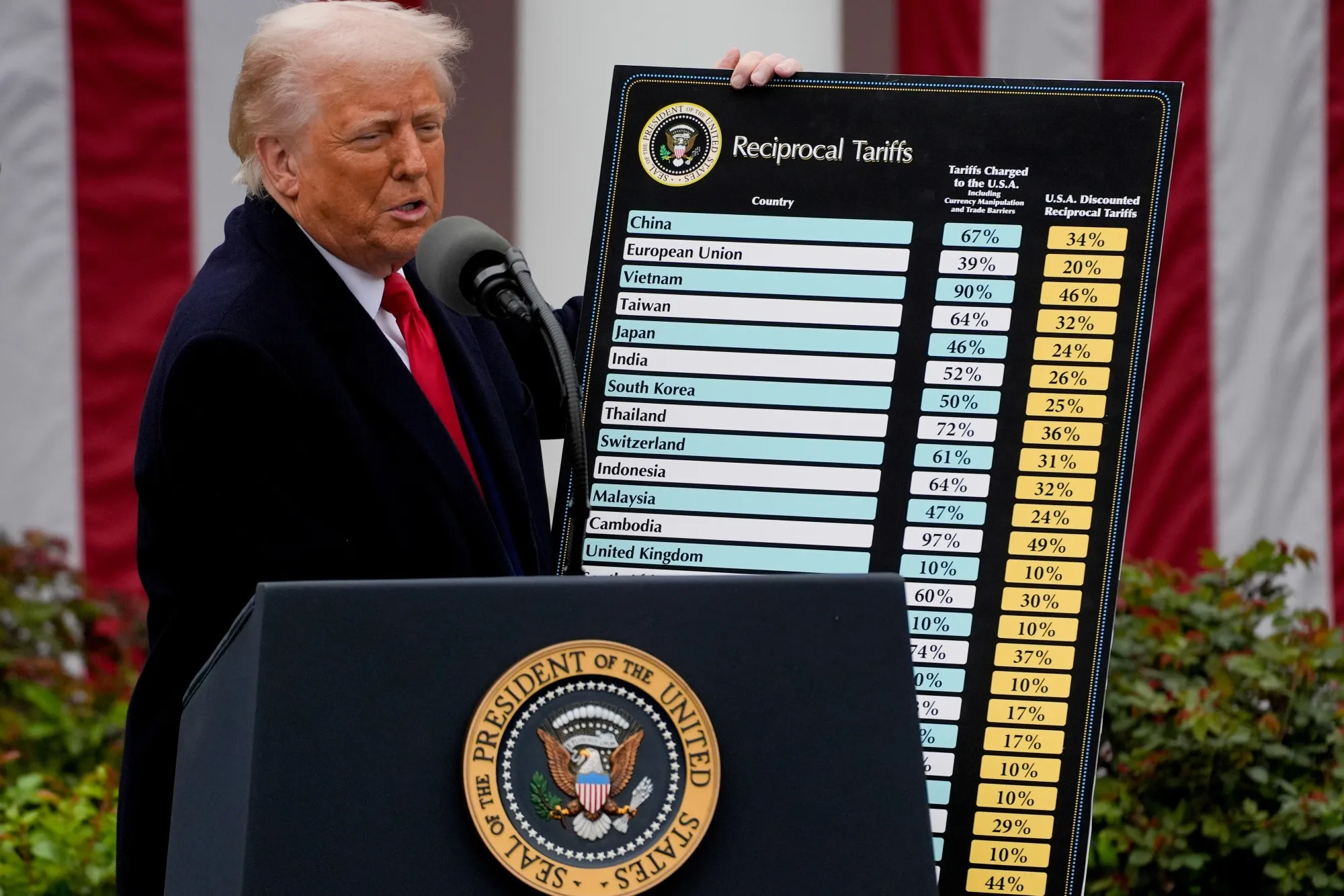
What’s Behind the Letters?
Back in April 2025, President Trump introduced a sweeping tariff policy — a base 10% levy on most imports, with the possibility of much steeper tariffs of up to 50% for select countries. The higher tariff rates were temporarily paused for 90 days to give space for negotiations. With that suspension set to expire on July 9, the letters signal that the U.S. is now ready to reimpose — and possibly escalate — these duties if trade talks don’t conclude in its favour.
According to administration sources, the new tariffs outlined in these letters could climb as high as 70%, with most of the new measures expected to come into effect from August 1, 2025. Trump’s “take it or leave it” approach leaves little room for bargaining and reflects mounting frustration within the White House over the slow progress in trade negotiations with key economic allies.
Trade Talks: Progress and Pitfalls
So far, Trump’s tariff regime has seen only two nations successfully negotiate trade deals with the U.S.:
-
United Kingdom: The UK struck a deal in May, maintaining the 10% base tariff while securing preferential treatment for its automobile and aircraft engine sectors.
-
Vietnam: Hanoi managed to reduce proposed tariffs on Vietnamese goods from a steep 46% down to 20%. In return, Vietnam agreed to allow duty-free access for a substantial volume of American products.
These agreements underscore what the administration sees as a model for reciprocal trade: significant tariff reductions for countries that agree to U.S. terms.
However, progress has been far more elusive with major players such as India, Japan, and the European Union:
-
India: Union Minister of Commerce and Industry Piyush Goyal has made it clear that India will not succumb to artificial deadlines. "India will negotiate a trade agreement on its own terms and timeline," Goyal stated. Though sources indicated that an Indian delegation recently returned from high-level trade talks in Washington, a final agreement remains pending.
-
Japan: Trump has expressed open pessimism about reaching a deal with Tokyo. “I’m not sure if we’re gonna make a deal, I doubt it, with Japan,” he said recently. He accused Japan and others of having taken advantage of the U.S. for “30, 40 years,” making them resistant to equitable agreements.
-
European Union: Negotiations with the EU have reportedly stalled. Diplomatic sources in Brussels noted that talks with the Trump administration have hit an impasse, and European leaders are now weighing the option of extending current trade terms in an attempt to stave off punitive tariff hikes.

Why the Shift in Strategy?
Initially, the White House aimed to strike custom-tailored trade deals through one-on-one negotiations. However, the complexity of discussions — which often involve disputes over non-tariff barriers like agricultural restrictions and regulatory standards — has proven too cumbersome, especially under the looming July 9 deadline.
Frustrated by the delays and lack of cooperation, Trump appears to be shifting tactics. “The letters are better … much easier to send a letter,” he quipped on Friday evening, hinting at a preference for direct, top-down imposition rather than extended back-and-forth diplomacy.
This move is emblematic of Trump's broader approach to global trade: assertive, transactional, and aimed at maximizing U.S. leverage by threatening — and sometimes delivering — sweeping tariff escalations.
What's Next?
While the content of the tariff letters remains under wraps until Monday, their implications are far-reaching. By making them non-negotiable “take it or leave it” offers, the Trump administration is drawing a stark line in the sand — one that could dramatically alter America’s trade relationships if countries fail to comply.
With the July 9 deadline now just days away, the global economic community is bracing for impact. Markets could react sharply once the letters are disclosed and the list of targeted countries is made public. The potential for retaliatory tariffs, disruptions in global supply chains, and renewed trade tensions looms large.
Furthermore, should these tariffs rise to the projected 70% for certain nations, it could mark one of the most aggressive protectionist waves in recent U.S. history, with ramifications across industries — from automotive and technology to agriculture and pharmaceuticals.
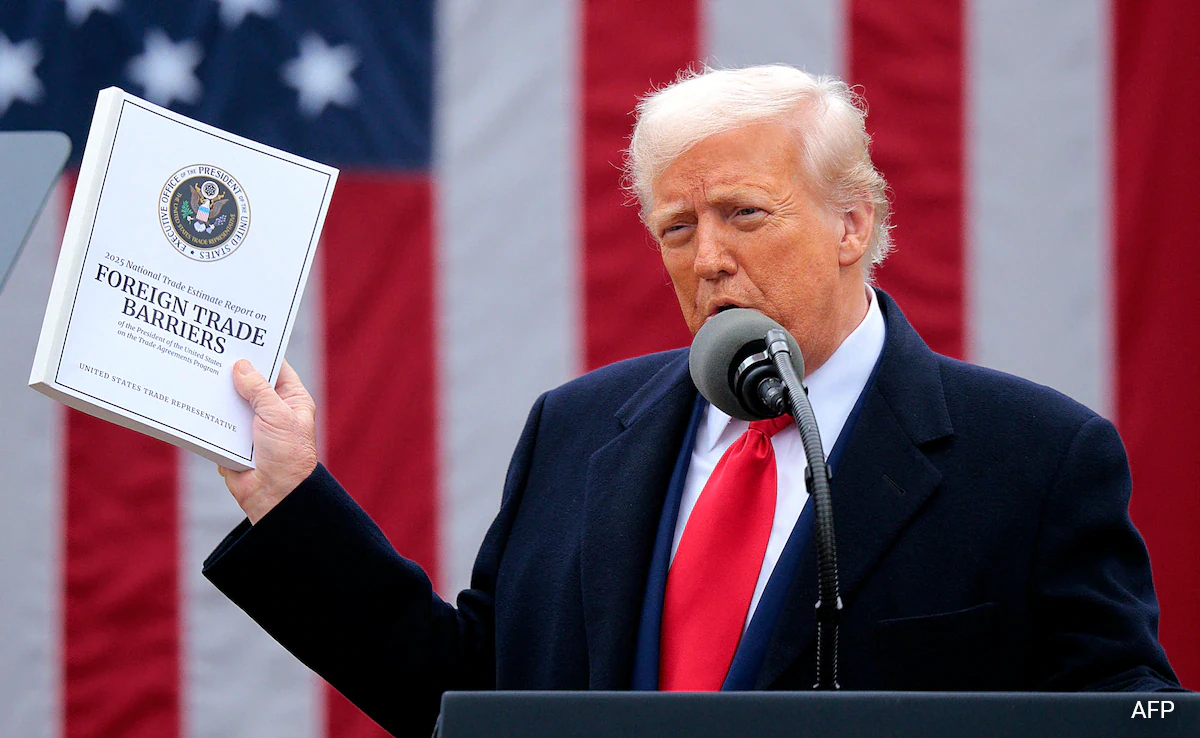
Final Thoughts
President Trump’s decision to issue “take it or leave it” tariff letters to 12 unidentified countries marks a turning point in U.S. trade policy. While some countries like the UK and Vietnam have chosen to negotiate, others — including India, Japan, and the EU — are either holding out or facing deadlocks. With the grace period ending on July 9 and tariffs potentially soaring by August 1, the international community finds itself at a critical crossroads.
As the world waits to see the contents of these letters and the list of affected nations, one thing is clear: the era of polite, prolonged trade negotiations may be giving way to unilateral ultimatums under the Trump administration — a gamble that could either redefine global commerce or ignite a new wave of economic conflict.
With inputs from agencies
Image Source: Multiple agencies
© Copyright 2025. All Rights Reserved Powered by Vygr Media.

